For decades, the exploration of our solar system left one of our neighbouring planets, Venus, largely unexplored. Now, things are about to change.


For decades, the exploration of our solar system left one of our neighbouring planets, Venus, largely unexplored. Now, things are about to change.

On June 3, 1965, NASA astronaut Edward Higgins White II (November 14, 1930 – January 27, 1967) made history and executed the United States’ first spacewalk during the Gemini 4 mission. The first US spacewalk lasted 23 minutes, beginning over the Pacific Ocean and ending over the Gulf of Mexico.
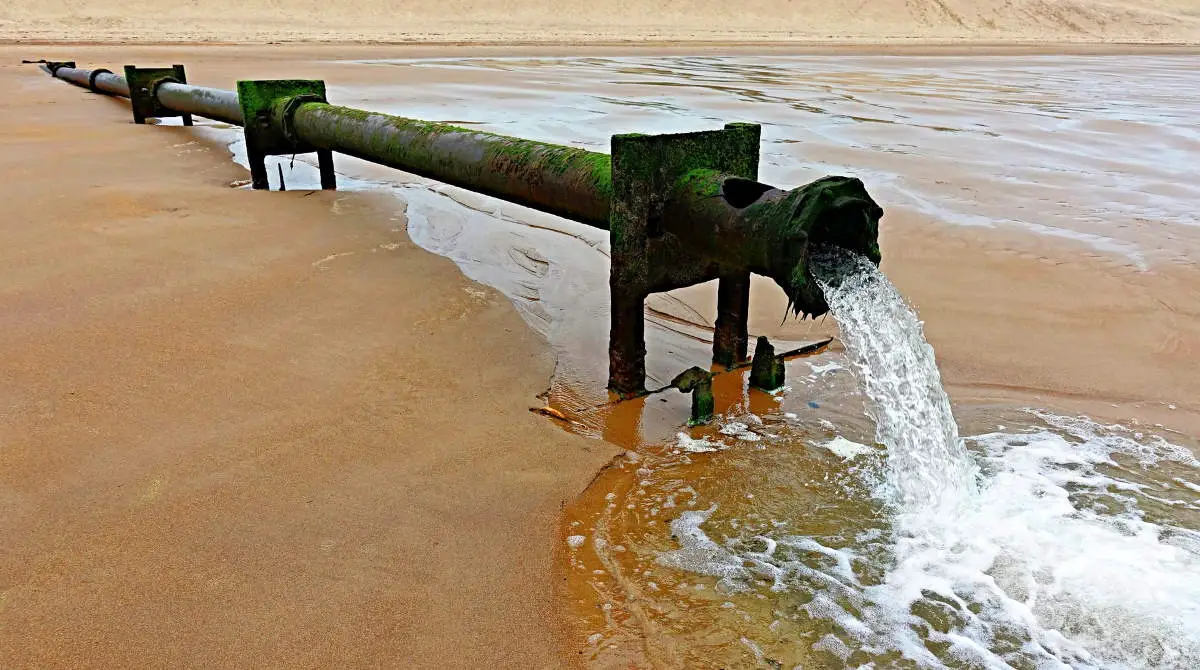
Common medicines that have passed through patients’ bodies are ending up in the environment, but the threat many of them pose to wildlife and human health still needs to be determined. It may even be possible to recover some of these life-saving compounds so they can be reused.
By Vittoria D’Alessio
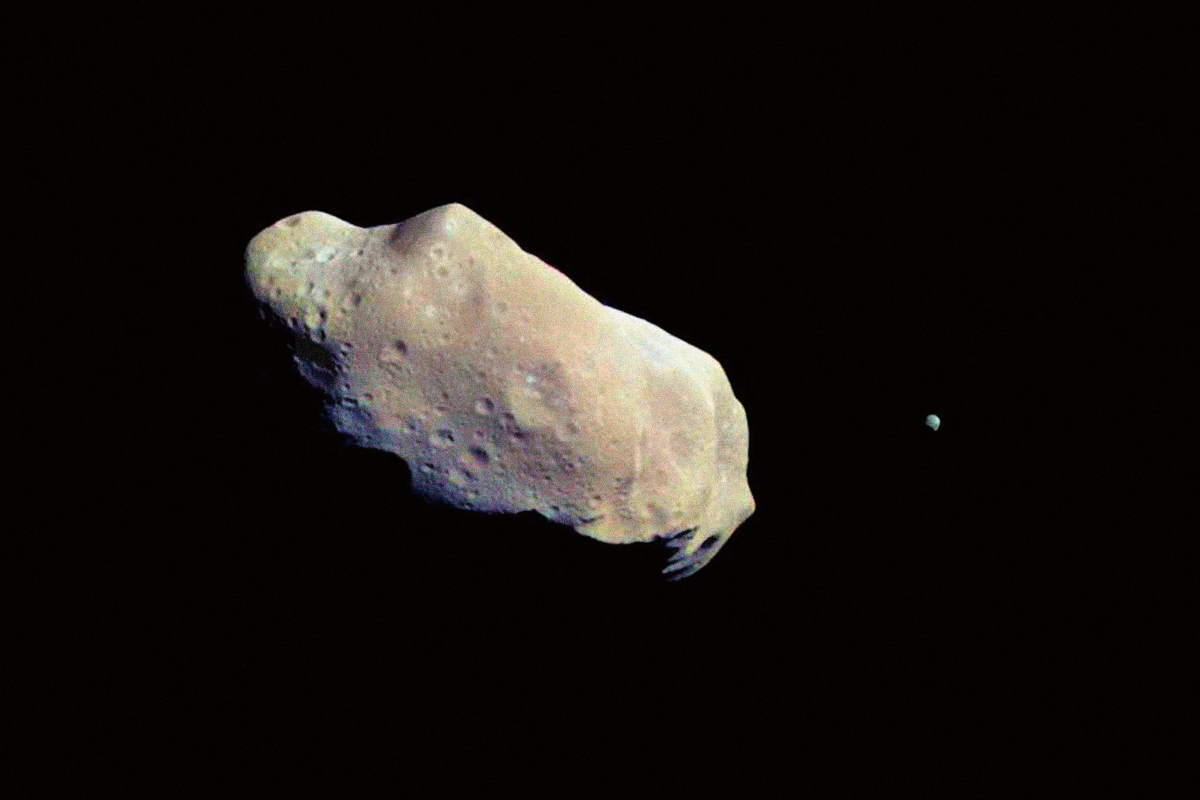
The planet we call home has a 4.5-billion-year history, but humans have only been around for a tiny fraction of this time. To discover what happened before life arose on Earth, and even before Earth’s formation, scientists can study objects sent from space – from icy comets and rocky asteroids to tiny particles of interstellar dust. Early in Earth’s history, primordial gases became trapped deep in the planet’s interior. By determining how they were trapped and where they might be stored, Dr. Manfred Vogt and his research group at the Ruprecht-Karls-University of Heidelberg are shedding new light on Earth’s origins.
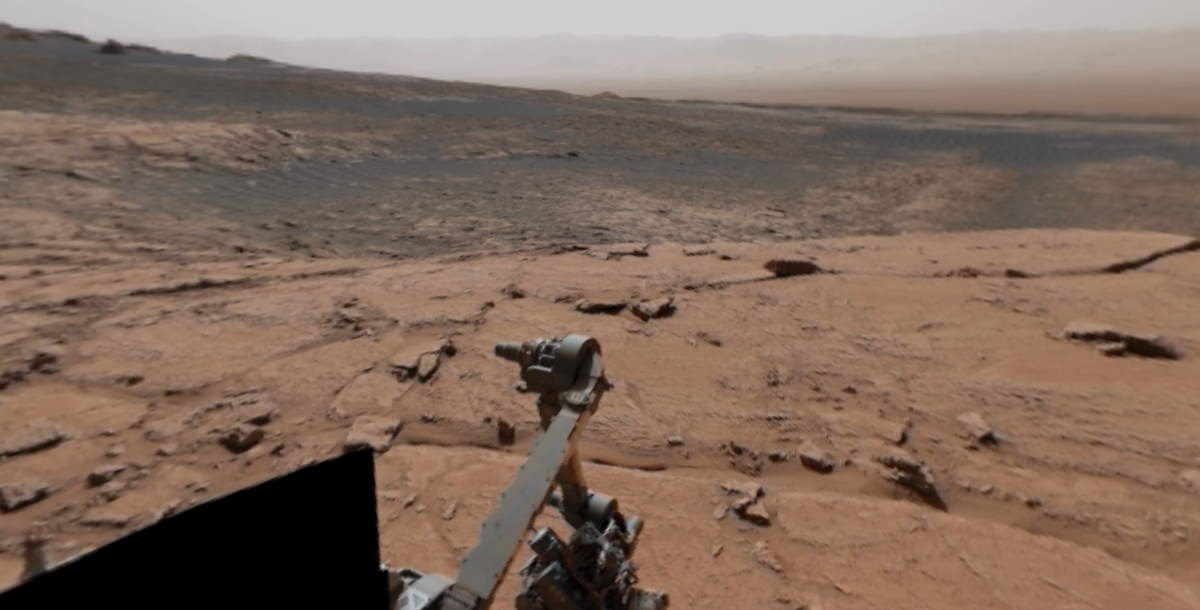
NASA has published a stunning 360-degree view atop Mont Mercou of the Curiosity Mars rover. The panorama is stitched together from 132 individual images taken on April 15, 2021, the 3,090th Martian day (or sol) of the mission. You can see the amazing panorama by using the arrows in the top left on the video, or by clicking (or touching) and dragging your cursor or mouse, moving the view up/down and right/left.

In a world that is becoming increasingly aware of the effects of climate change, one sector of the community holds most of the cards – businesses. The top fifteen U.S. food and beverage companies alone generate more greenhouse gases every year than the entire continent of Australia. Change at this level can make waves, yet business owners may not know how to start on the path toward a sustainable and eco-friendly future.
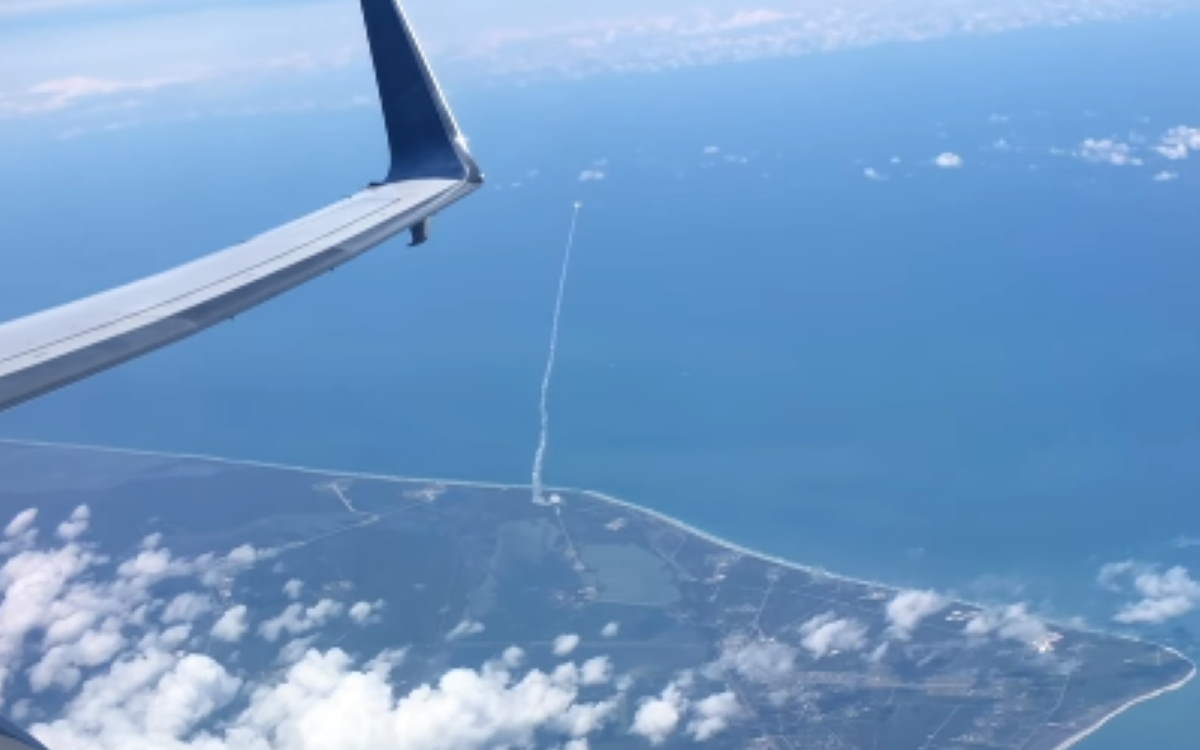
On May 19, 2021, a United Launch Alliance (ULA) Atlas V rocket has launched the SBIRS Geo-5 missile warning satellite for the US Space Force. Photographer Andy Lin (@otromundialista) witnessed the event aboard a plane, and published the video of the launch on her Twitter and Youtube accounts saying “My plane happened to be flying by Cape Canaveral during the Atlas V launch yesterday”.
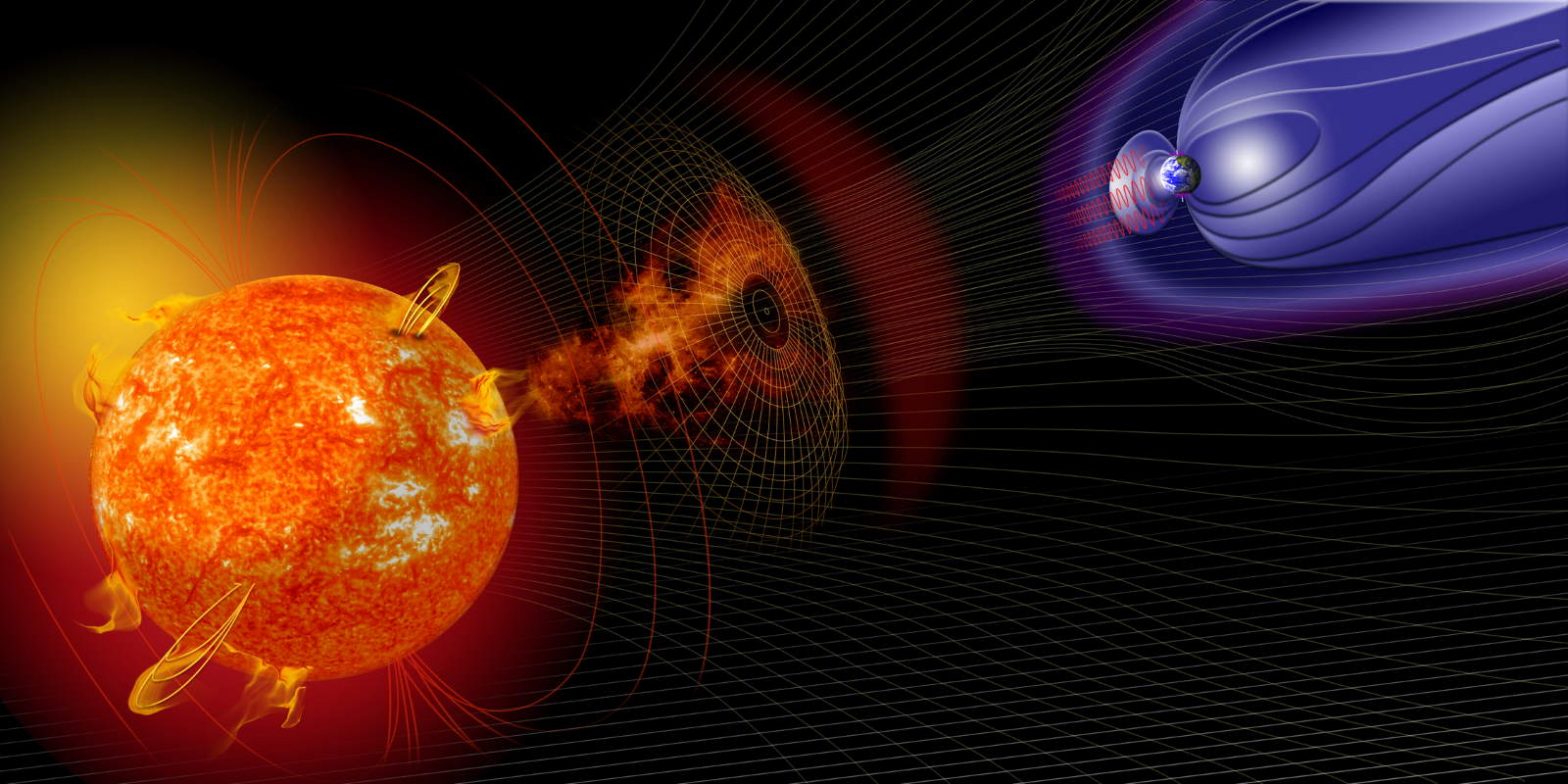
The complex processes of Earth’s ionosphere may occur far above the planet’s surface, but when monitored from numerous locations at sufficient distances, they can be measured using inexpensive equipment on the ground. Dr. Charles Smith at the University of New Hampshire has assembled an extensive team to do just that, with participants ranging from space scientists with decades of experience to high school students considering futures in science and engineering. Named Space Weather Underground, the project could soon make extensive data on ionosphere dynamics available to scientists and the public alike.
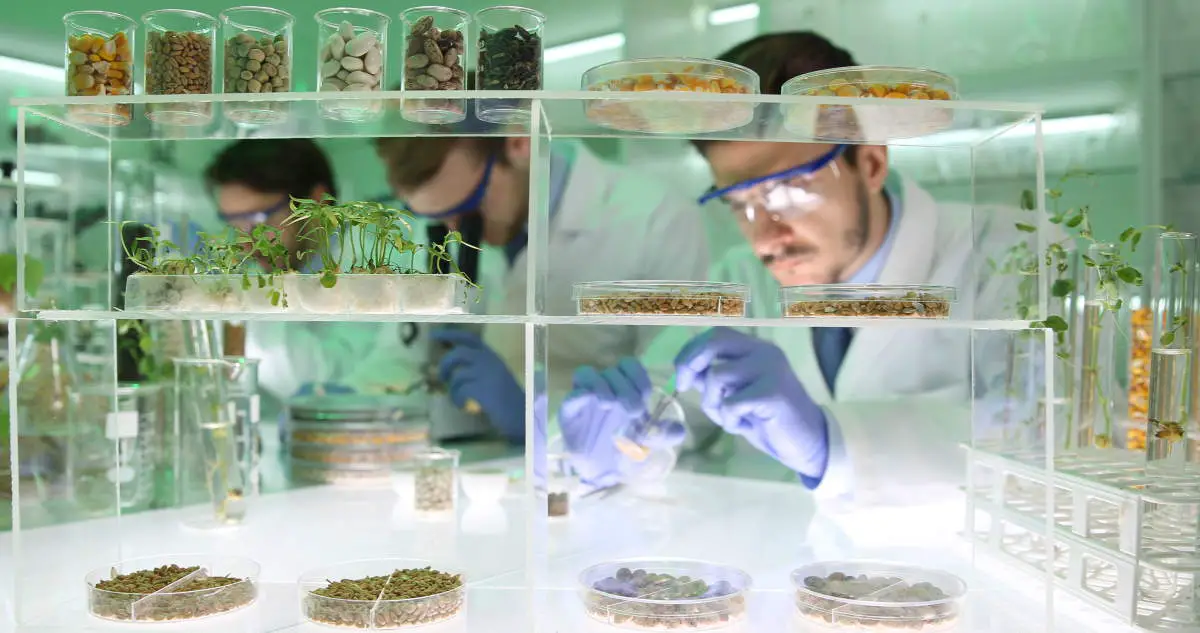
In 2019, Burger King Sweden released a plant-based burger, the Rebel Whopper, and the reaction was underwhelming. So, the company challenged its customers to taste the difference.
Burger King Sweden created a menu item where customers would have a 50-50 chance of getting a meat burger or a plant-based one. To find out, they had to scan the burger box in Burger King’s app. The results: 44 percent guessed wrong – customers couldn’t tell the difference.
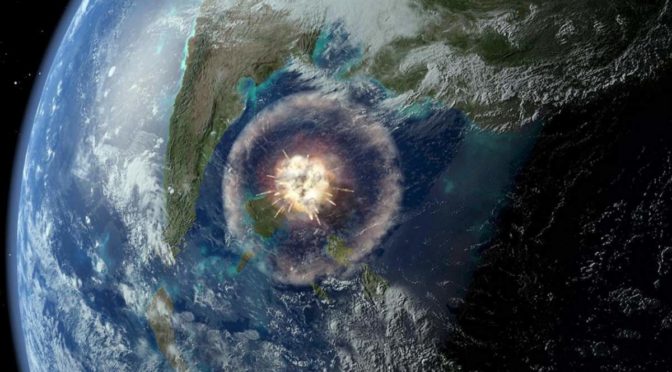
There are a lot of things that pose a threat to our planet – climate change, natural disasters, and solar flares, for example. But one threat in particular often captures the public imagination, finding itself popularized in books and films and regularly generating alarming headlines: asteroids.
by Jonathan O’Callaghan